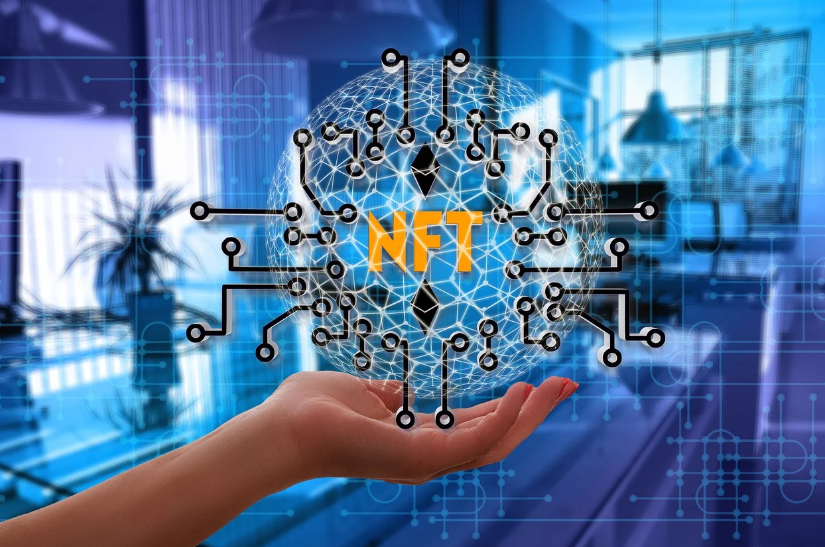Blockchain is a digital ledger of transactions that is distributed across a network of computers. It was originally developed as the underlying technology for the cryptocurrency, Bitcoin.

In a blockchain, transactions are grouped together in blocks, and each block is linked to the previous one through cryptography. Once a block is added to the chain, the information contained in it is considered to be permanent and cannot be altered. This creates a secure and tamper-proof record of all transactions on the network.
One of the key features of blockchain technology is its decentralization, meaning that no central authority controls the network. Instead, the network is maintained by a network of nodes, each of which holds a copy of the entire blockchain. This ensures that the network is not controlled by a single entity and makes it more secure and resilient against attacks.
Another important feature of blockchain is its transparency. All transactions on the network are visible to everyone, making it possible to track the flow of assets and information in a transparent manner.
Today, blockchain technology has applications beyond cryptocurrency and is being used in a variety of industries, including finance, supply chain management, and voting systems. Its unique combination of decentralization, transparency and security makes it a promising technology for solving complex problems and improving efficiency in various industries.
Blockchain technology to reduce carbon footprint
Blockchain technology can reduce energy consumption and carbon footprint in several ways:

- Decentralized consensus: By enabling decentralized consensus, blockchain eliminates the need for centralized intermediaries, reducing the energy consumption associated with their operation.
- Energy trading: Blockchain can be used to create decentralized energy trading platforms that allow excess renewable energy to be sold directly to consumers, reducing the need for centralized energy grids and their associated energy consumption.
- Supply chain transparency: Blockchain can provide supply chain transparency, enabling the tracking of goods from their origin to their final destination. This can help reduce energy consumption by reducing waste and inefficiencies in the supply chain.
- Energy-efficient consensus algorithms: Some blockchain consensus algorithms, such as Proof-of-Stake, are more energy-efficient than traditional algorithms like Proof-of-Work. This can help reduce the energy consumption associated with blockchain operations.
- Renewable energy certification: Blockchain can be used to track the production and use of renewable energy, enabling the creation of renewable energy certificates. These certificates can be used to verify the origin and use of renewable energy, promoting the growth of renewable energy and reducing energy consumption from non-renewable sources.
Overall, implementing blockchain technology can help reduce energy consumption and carbon footprint by promoting efficiency, transparency, and the use of renewable energy sources.
Visit sameraudi.com to learn more about Blockchain.
Are you looking for similar content to your Blog? Get a quote.
Credit to all AI tools that took part in this post.





0 Comments